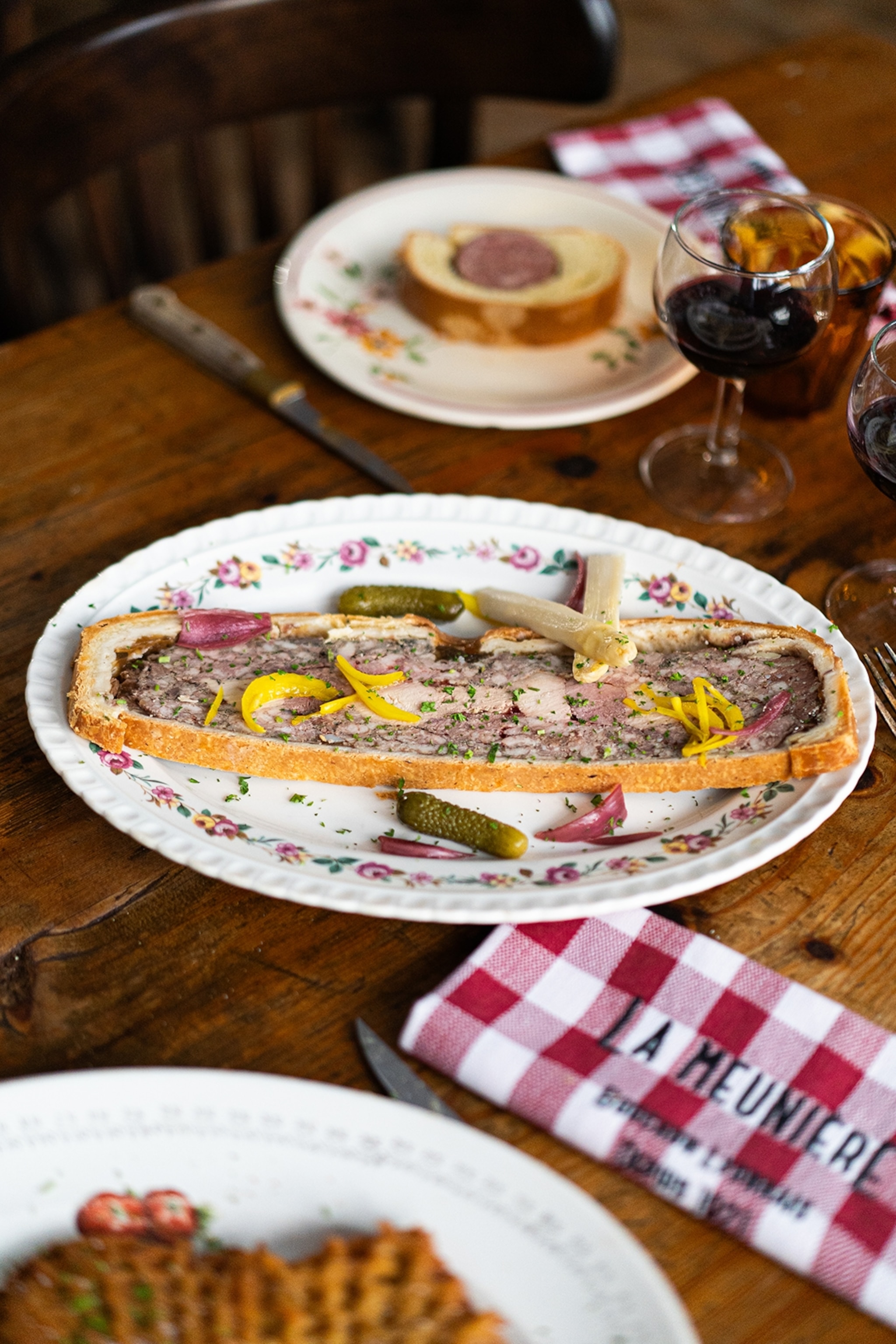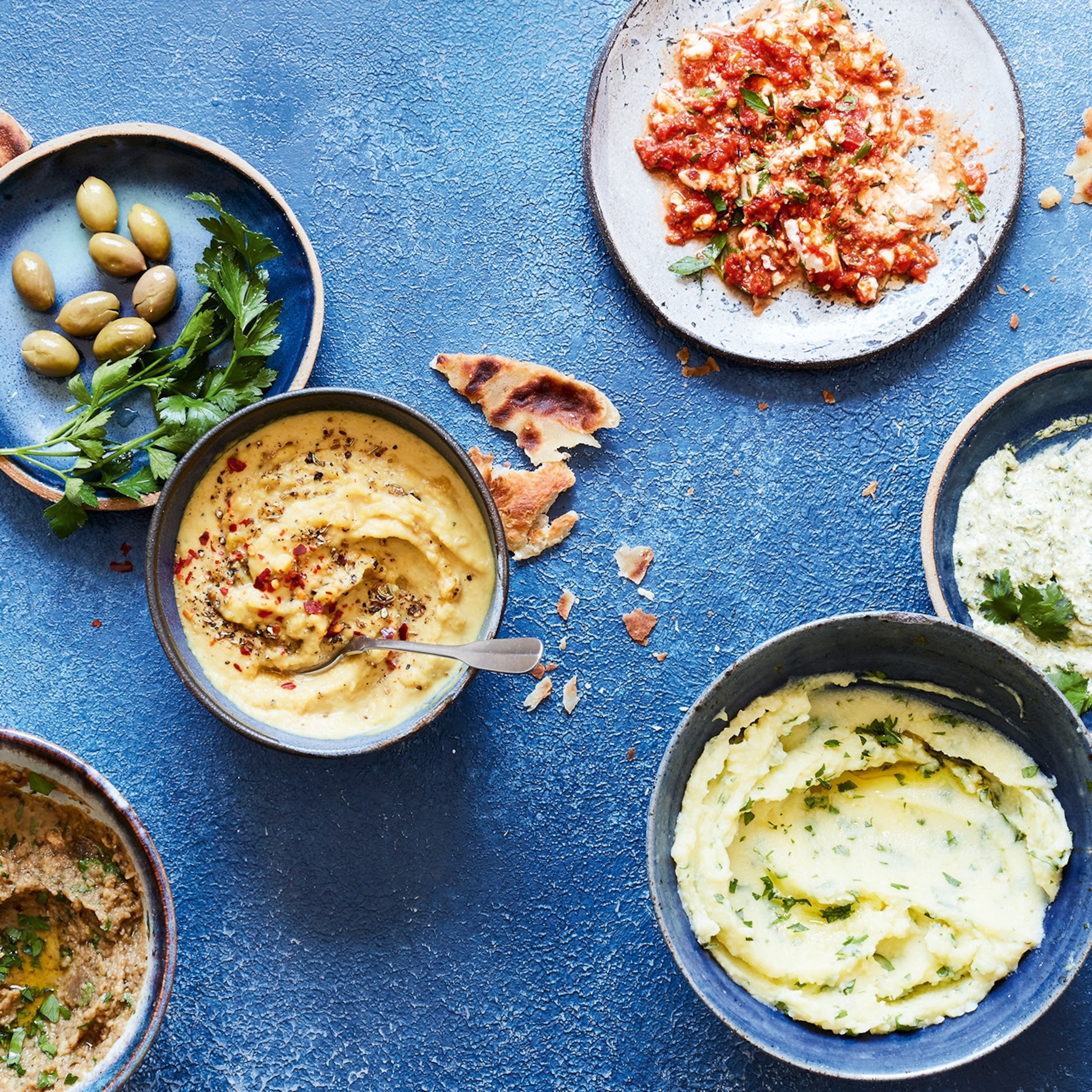The Day of the Dead (Día de los Muertos) is one of Mexico’s most iconic and vibrant annual celebrations, unfolding across November 1st and 2nd. It is fundamentally a life-affirming event, a joyous explosion of colour and tradition, rather than a somber occasion or a Mexican version of Halloween. The holiday’s central purpose is to honor and demonstrate love and respect for deceased family members, whose spirits are believed to return temporarily to the realm of the living. Celebrations across towns and cities feature revelers in elaborate skull makeup and costumes, parades, parties, singing, and dancing, all anchored by elaborate home altars and cemetery vigils where offerings are made to welcome lost loved ones back home.
Ancient Origins and Global Recognition
The history of the Day of the Dead stretches back thousands of years, originating with the pre-Hispanic Aztec, Toltec, and other Nahua peoples. For these ancient cultures, death was a natural part of life, a continuum, and mourning the dead was considered disrespectful. The deceased were not gone but remained members of the community, kept alive in both memory and spirit.

Today’s celebration is a cultural mash-up of these ancient Indigenous religious rites and Christian feasts. It takes place on November 1st (All Saints’ Day) and November 2nd (All Souls’ Day) on the Catholic calendar, coinciding with the fall corn harvest. Its profound cultural significance was formally recognized in 2008 when UNESCO added the holiday to its list of Intangible Cultural Heritage of Humanity, cementing its importance as a tradition passed down through generations.
The Altar: The Centerpiece of the Celebration
The spiritual heart of the celebration is the altar, or ofrenda, meticulously constructed in private homes and cemeteries. These are not sites for worship, but rather vibrant, multi-tiered memorials intended to welcome the spirits back to the living world. The design and contents of the ofrenda are symbolic and deeply personal, reflecting the life and tastes of the deceased.

Each altar is loaded with specific offerings:
Water is placed to quench the spirits’ thirst after their long journey.
Food includes the loved one’s favorite meals.
A candle is lit for each dead relative to provide light.
Family photos and small toys (if the deceased was a child) are included.
Copal incense, made from tree resin, is burned to transmit praise and prayers and to purify the area around the altar.
Marigolds and Papel Picado
Two key decorative elements are essential for guiding the spirits and creating the festive atmosphere: the marigold flower and the papel picado.

Cempasúchil (Marigolds): The brilliant yellow and orange marigold, known as cempasúchil or Aztec marigold, is the main flower used. Its vibrant color and strong scent are believed to literally guide wandering souls from the cemetery back to the family’s altar and home. Petals are often scattered in paths from the gravesite to the altar to create a visible, fragrant trail.

Papel Picado: This beautiful Mexican paper craft involves artisans stacking dozens of layers of colored tissue paper and perforating them with hammers and chisel points to create intricate, lace-like patterns. Draped around altars and across city streets, the art represents the wind and, more profoundly, the fragility of life. The thin, delicately pierced paper serves as a colorful, celebratory reminder of life’s impermanence.
The Calavera Catrina and Other Symbols
The most ubiquitous and recognizable symbols of Día de Muertos are the calaveras (skulls), which are embraced with humor and artistic flair.

Literary Calaveras: Historically, calavera was used to describe short, humorous, and often sarcastic poems or epitaphs published in newspapers that playfully mocked the living. This tradition continues today, with these clever, biting verses found in print and read aloud.
La Calavera Catrina: This elegant, skeletal figure is the holiday’s most famous icon. The character originated in the early 20th century with political cartoonist José Guadalupe Posada, who created an etching called Calavera Garbancera to satirize Mexican society’s emulation of European sophistication by dressing death in fancy French attire. Artist Diego Rivera later featured Posada’s stylized skeleton in his 1947 mural, transforming the figure into a woman wearing a large, feminine hat and naming her Catrina, slang for “the rich.” The quote attributed to Posada, “Todos somos calaveras” (“we are all skeletons”), beautifully encapsulates the symbol’s meaning: underneath our human-made trappings, we are all the same.
A Feast for the Departed
As part of the welcome, families prepare special foods and drinks to honor the dead. The traditional belief is that spirits work up a mighty hunger and thirst traveling from the spirit world back to the living.
Pan de Muerto: This is the iconic sweet bread (pan dulce) of the holiday. It often contains anise seeds and is decorated with dough that is shaped like bones and skulls. The bones might be arranged in a circle, symbolizing the circle of life, while tiny dough teardrops symbolize sorrow.
Sugar Skulls: These colorful treats are part of a sugar art tradition brought by 17th-century Italian missionaries. Pressed in molds and decorated with crystalline colors, they come in all sizes and are placed on the altars, often inscribed with the name of the deceased.
Traditional Beverages: The celebration is accompanied by drinks like pulque (a sweet, fermented beverage made from agave sap), atole (a thin, warm porridge made from corn flour, typically flavored with unrefined cane sugar, cinnamon, and vanilla), and rich hot chocolate.
Costumes, Parades, and Community Vigils
The celebration is an extremely social holiday that spills into streets and public squares across Mexico.
Dressing Up: People of all ages actively participate in the festivities by dressing up as skeletons and having their faces intricately painted to resemble skulls, often mimicking the elegant style of the Calavera Catrina.

Noisemakers and Monarchs: Many revelers wear shells or other noisemakers to amplify the excitement, which is also believed to help rouse the dead and keep them close during the celebrations. Additionally, the arrival of Monarch butterflies in Mexico often coincides with Día de Muertos, leading to them being celebrated as symbols of life and death, and even as the returning souls of the ancestors.
Community Celebrations: While Mexico City hosts a grand, iconic parade, many regional celebrations are more traditional and poignant. In Pátzcuaro, Indigenous people paddle canoes with a single candle burning in the bow to a tiny island for an all-night vigil in the cemetery. In Tuxtepec, locals painstakingly create elaborate sawdust rugs on the streets for processions, while in Mixquic, bells toll as community members process to the cemetery to clean and decorate the graves of their loved ones, maintaining the spirit of the holiday as a communal reaffirmation of Indigenous life.




